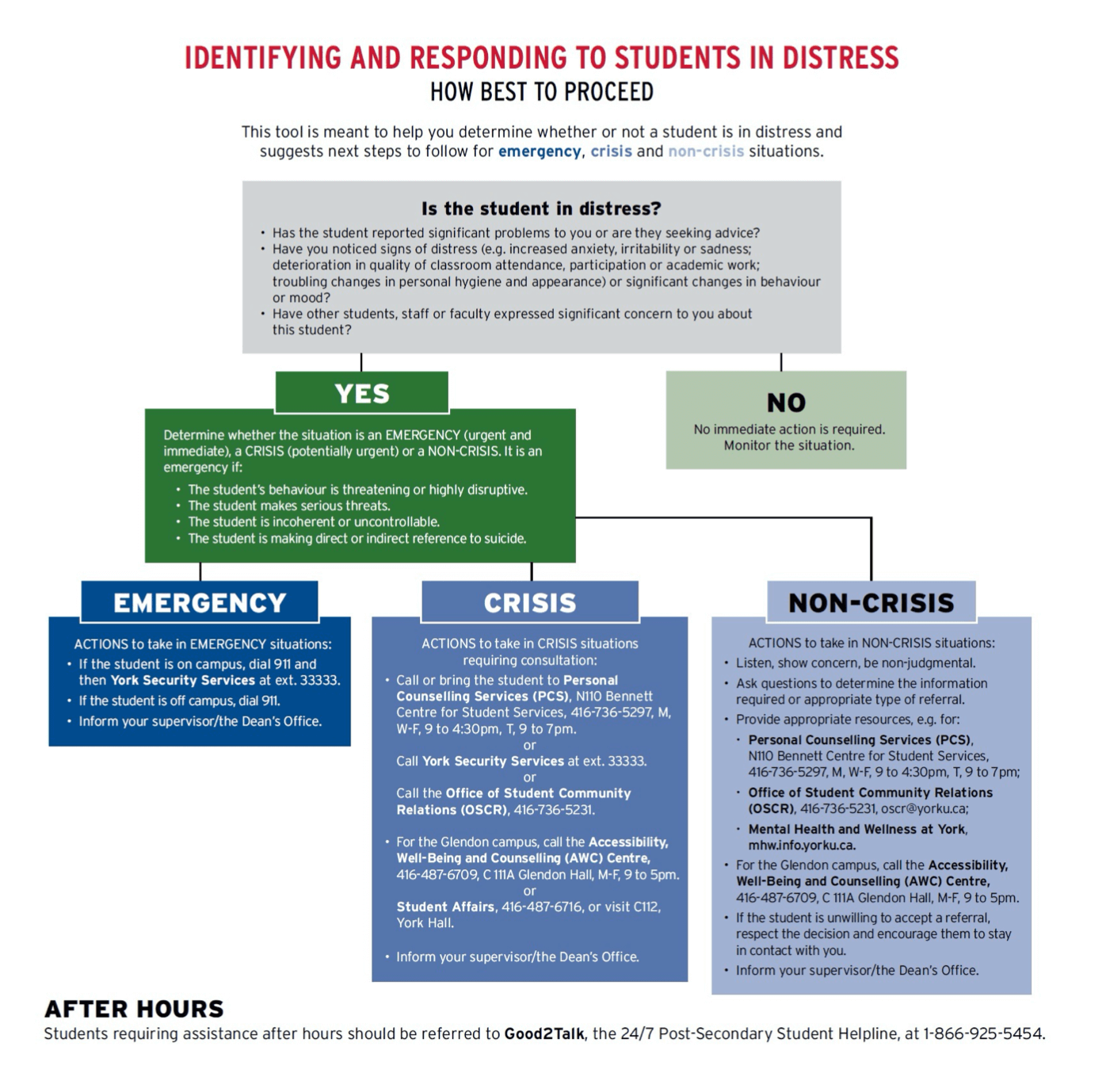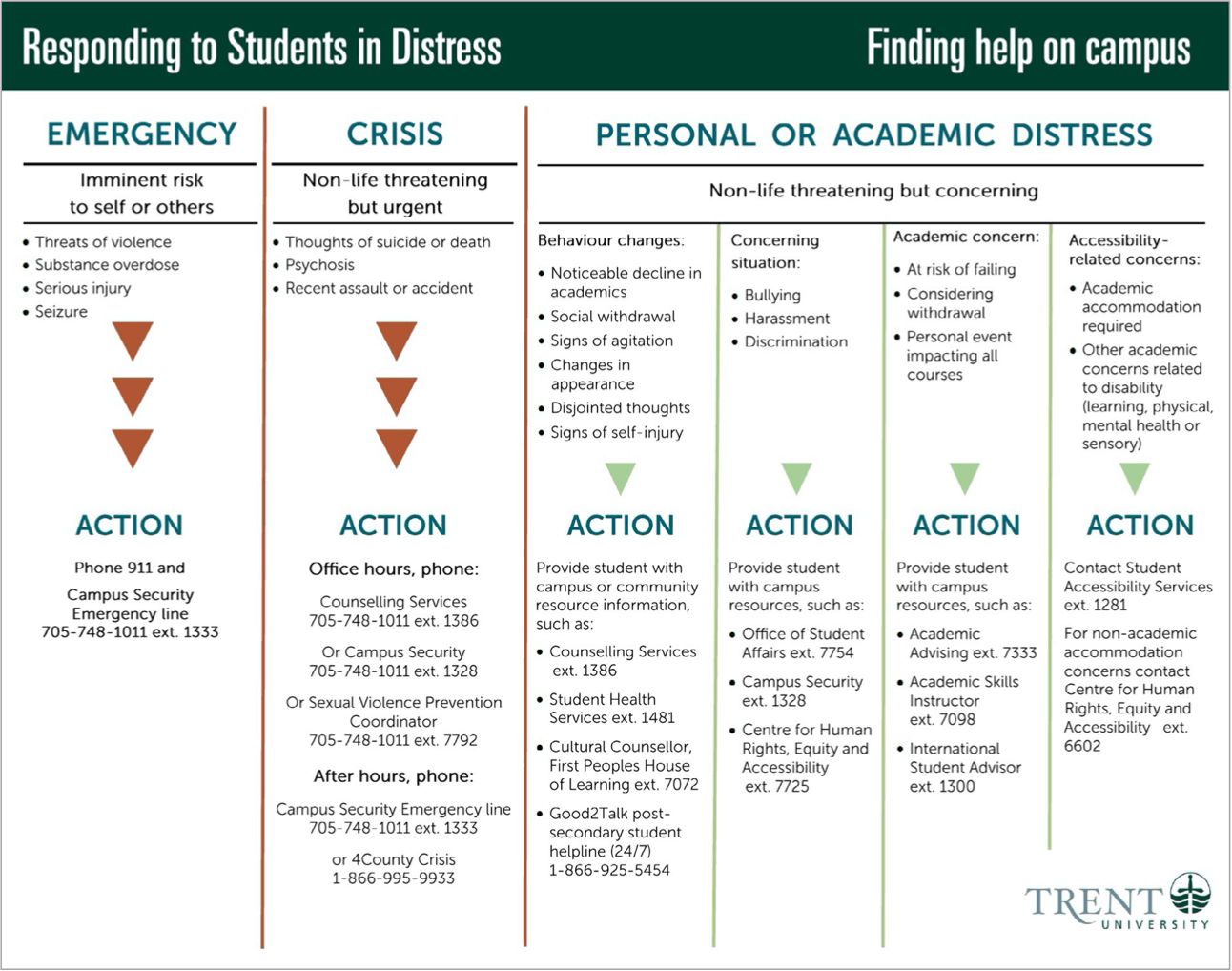As a university student, you may sometimes experience mental health concerns or stressful events that interfere with your academic performance and negatively impact your daily activities.
All of us can benefit from support during times of struggle. If you or anyone you know experiences academic stress, difficult life events or feelings of anxiety or depression, Student Health and Wellness is here to help. Their services are free for Lakehead Students and appointments are available. You can learn more about confidential mental health services available on and off campus at lakeheadu.ca/shw.
Remember that getting help is a smart and courageous thing to do – for yourself, for those you care about, and for those who care about you. Asking for support sooner rather than later is almost always helpful.




